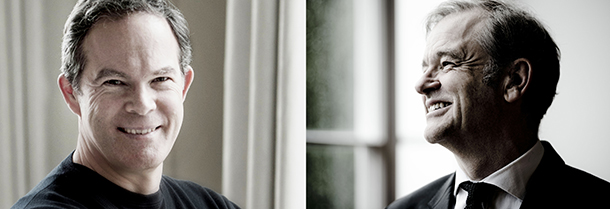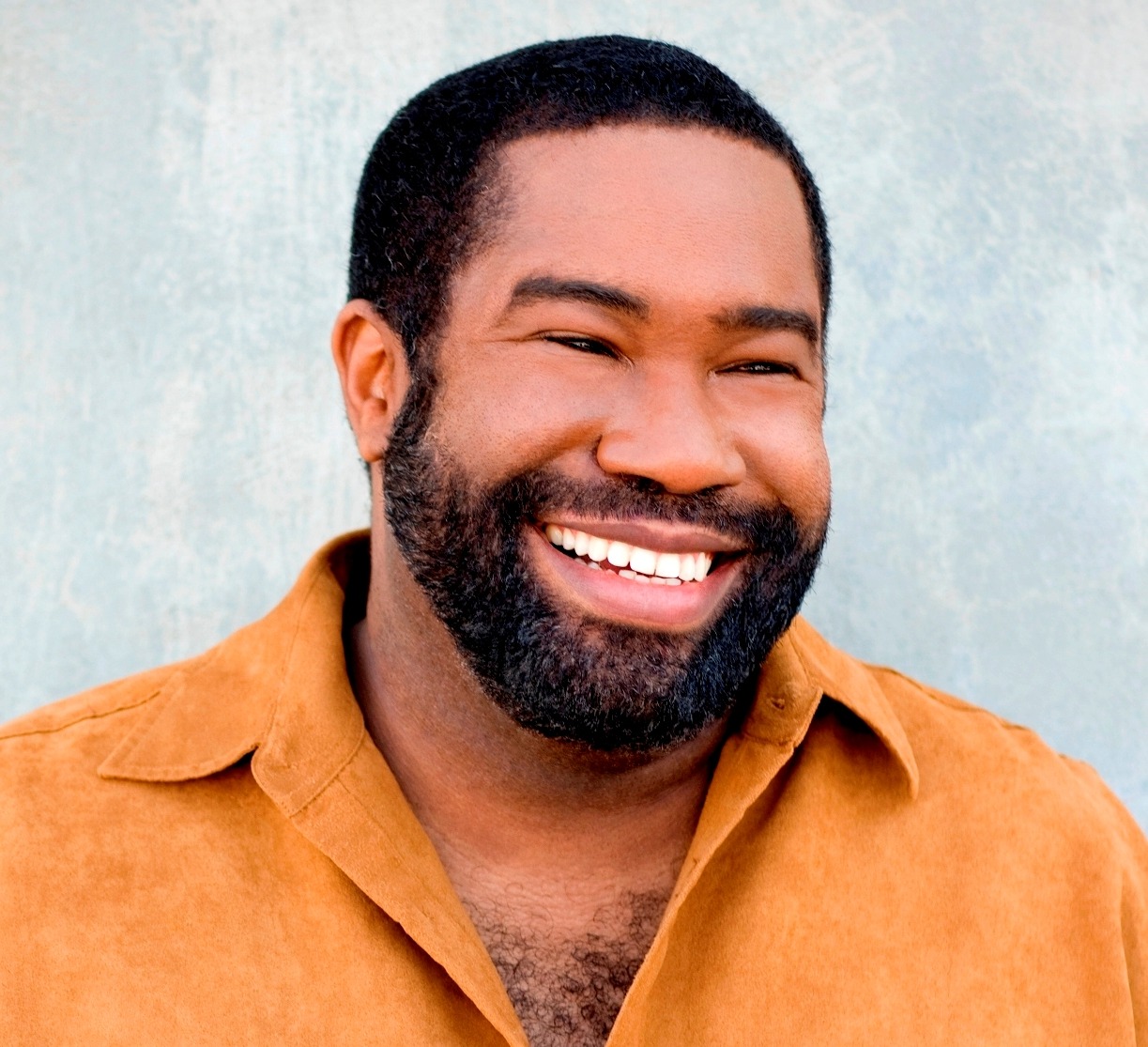Tag: Schubert
-
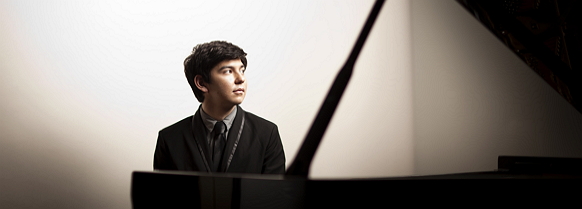
PROGRAM NOTES: BEHZOD ABDURAIMOV
Ludwig van Beethoven: Sonata in A flat, Op. 26 Beethoven begins to move away from the norms of the classical tradition in this unconventional four-movement sonata without a single movement in traditional sonata- allegro form. It opens with a noble, almost ceremonial theme with five variations, all based, to some degree, on the principle of rhythmic…
-
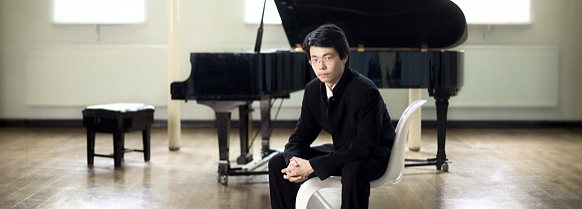
PROGRAM NOTES: KUOK-WAI LIO
Leoš Janáček: In the Mists Janáček’s four-movement piano cycle from 1912 presents us with intimate, personal and emotionally immediate music that stands stylistically on the border between eastern and western Europe. Its sound world is that of the fiddles and cimbalom (hammered dulcimer) of Moravian folk music. Equally folk-like is its use of small melodic…
-
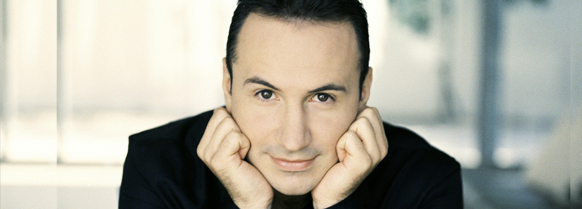
PROGRAM NOTES: SIMON TRPČESKI
Program Notes: Simon Trpčeski Schubert: 16 German Dances, D. 783 (Op. 33) So indelibly is the name Johann Strauss embedded in our consciousness as the purveyor of Viennese dance music that we tend to forget such music existed well before the Waltz King appeared on the scene. Not just minor, forgotten figures like Pamer, Faisatenberger…
-
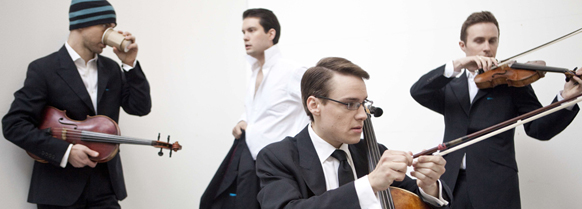
PROGRAM NOTES: DORIC STRING QUARTET
Franz Joseph Haydn: String Quartet in G minor, Op. 20, no. 3 A strong new current of artistic expression swept through central Europe during the late 1760s and early 1770s, known as Sturm und Drang (storm and stress). While not every work was stormy or stressful, the moniker served notice that composers were turning…
-

PROGRAM NOTES: PAUL LEWIS
Paul Lewis performs the Late Schubert Sonatas The year of Schubert’s death, 1828, saw the birth of an extraordinary number of masterpieces from the pen of this master lyricist: the “Great” C major Symphony, the Mass in E-flat, the String Quintet in C, thirteen of his finest songs, and the final trilogy of great…
-
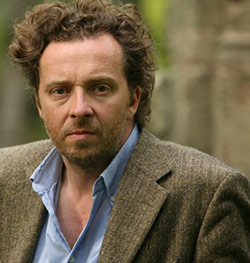
GETTING TO KNOW BARITONE CHRISTIAN GERHAHER
Christian Gerhaher on the origins on German Lied (song): The German Lied was born into quite special circumstances. The composer found himself creating something with no pre-existing format, which in practical performance terms was restricted to a quite intimate situation, which will later become the famous Schubertiade. That means it had a more social than…
-

ONE OF OUR FAVOURITE COMPOSERS: FRANZ SCHUBERT
“When Schubert wants to tell you something important, he will usually lower his voice rather than raise it – he draws you into the message, rather than projects it out to you.” Paul Lewis Last week, we pointed out Franz Schubert, a much-loved composer by our audiences, will be well represented in our 2012-2013 season.…
-

SOME THOUGHTS ON OUR UPCOMING 12-13 SEASON
Today we want to share with you a few thoughts and facts about our recently announced 2012-2013 season: UP FIRST: On October 5 András Schiff will open the 33rd season with an all-Bach program. In fact, András was one of the first artists who launched the Vancouver Recital Society in 1981. Like so many…


